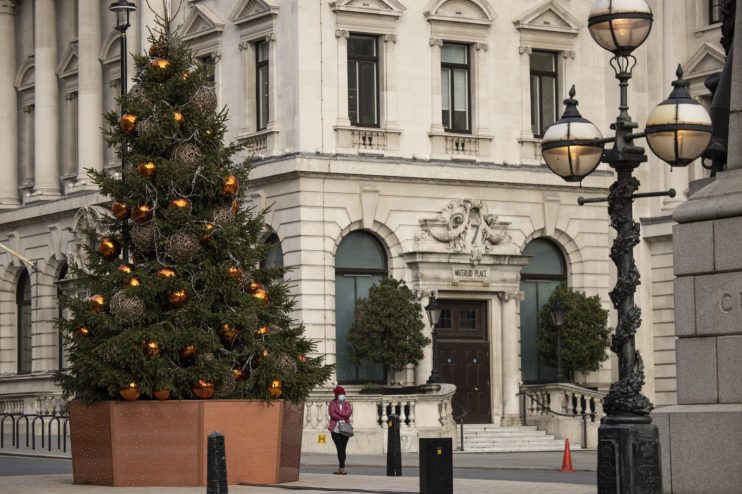Tier system may cause increase in chronic illness, government review finds

Tougher restrictions under the new three-tier system may have a knock-on effect that could see a spike in “morbidity and mortality of certain long-term conditions”, a government review has found.
In its analysis of the health and economic effects of the tier system, the government found that a modest rise in unemployment may exacerbate chronic illnesses.
“The tiered restrictions carry economic consequences, which will be greater for regions in higher tiers. In the long term, this will have impacts on morbidity and mortality of certain long-term conditions, as health worsens with lower incomes and unemployment,” the report said.
It cited recent statistics from the Quarterly Labour Force Survey estimating that a one per cent fall in employment will likely result in a two per cent increase across five categories of chronic illness, including musculoskeletal, cardiovascular, respiratory, mental health and ‘other’ conditions.
“Set against a counterfactual of Covid-19 resuming exponential growth… the impact of the tiers on longer term health is less clear,” the government report added.
It comes after the Office for Budget Responsibility (OBR) last week predicted the British economy would likely end up three per cent smaller in the long run due than it otherwise would have been without Covid.
The OBR warned that almost 3m Britons will be jobless by the second quarter of 2021, with unemployment reaching close to double the levels seen before the pandemic.
The expected unemployment peak is well above the current level of 4.8 per cent, though the extension of the furlough scheme until next March will likely save 300,000 jobs, the budget watchdog predicted.
Prime Minister Boris Johnson last week unveiled the “toughened” tier system that is set to replace England’s month-long lockdown on Wednesday.
London will be placed into Tier 2 of the regionalised Covid-19 restrictions when the current lockdown ends, while Manchester, Lancashire, Blackpool, Kent and Birmingham will enter Tier 3.
Just three regions — the Isle of Wight, Cornwall and the Isles of Scilly — will enter Tier 1.
That means almost 99 per cent of the English population will come under the higher Tier 2 and Tier 3 levels when they come into effect next week.
Tier 2 will mean up to six people can meet outdoors, though a ban on household mixing will remain in place indoors.
Announcing the changes last Thursday, health secretary Matt Hancock said: “I know for those of you faced with Tier 3 restrictions this will be a particularly difficult time but I want to reassure you that we’ll be supporting your areas with mass community testing and extra funding.”
It comes after interim results published today by Imperial College London and Ipsos Mori found that Covid cases were rising as England entered lockdown earlier this month, but have since dropped.
The latest data showed a 30 per cent slump in infections across the country between 13 and 24 November, with 96 people per 10,000 infected.
The report also said London’s R rate now stands at a best estimate of 0.95 — down from an estimate of 1 to 1.1 last week.
Hancock said: “This latest data shows we must keep our resolve and we cannot afford to take our foot off the pedal just yet, despite the encouraging fall in cases and progress on vaccines.
“The next few weeks and months are the busiest time of year for our NHS, so it’s vital we all continue to follow new local restrictions, wash our hands, wear a face covering and observe social distancing.